A massive, unexplored cave that’s likely among the country’s largest has been discovered in a remote valley in B.C.’s Wells Gray Provincial Park.

The cave was initially spotted in April by a Ministry of Forests, Lands and Natural Resource Operations helicopter team doing a caribou count.
Geologist Catherine Hickson, a member of the team that first surveyed the cave in September, said it was luck that the aerial crew happened to fly over the cave when it wasn’t covered in snow.
Hickson and a team that included cave experts John Pollack and Lee Hollis spent months studying satellite imagery and preparing to visit the site, before flying into the rugged alpine on Sept. 9 to confirm the cave’s significance.
WATCH: Geologist Catherine Hickson describes cave discovery

The expedition was funded by Hickson’s company, Tuya Terra Geo Corp. with support from BC Parks.
“It is huge. It is enormous. When you first see it, you just gasp because it’s just this huge hole in the ground,” she said.
In fact, the cave is 100 metres by 60 metres — virtually the exact dimensions of a CFL football field.
It’s also extremely deep, extending more than 100 metres underground, with the first 80 metres of that being a straight vertical drop.
READ MORE: Calgarian explorers among team that discovered Canada’s deepest cave near Fernie, BC
A large volume of water rushes down into the massive opening, and Hickson said the team believes it flows through the cave and exits as a stream about 2.1 kilometres away.
Unexplored
This could be the first time humans have laid eyes on the cave.
Hickson said the team believes no one has explored it previously, and that it may also be unknown to local First Nations due to the fact that it was likely covered by snow year-round until some point in the last 20-50 years.
WATCH: Huge cave discovered in B.C. interior

The cave has not been officially named yet, and Hickson said the province is consulting with local First Nations to see if the cave has a place in their historical knowledge.
That hasn’t stopped it from picking up an informal name, though, with one member of the initial helicopter team to spot it likening it to the monster den that Luke Skywalker is to be fed into in the movie Return of the Jedi.
“The initial group that discovered it called it Sarlacc’s pit,” she said. “It’s this vertical huge hole and you can imagine a space monster like the Sarlacc occupying this pit.
“So I think it’s actually quite an apt name for it, but it is unofficial if that’s going to be the name. The First Nation consultations are underway to see if they either have a name for it or they know of it or would like to name it.”
Caver Lee Hollis did make an initial descent into the pit, rappelling about 100 metres into it before he was stopped by the volume of water, ice and snow.
The team is also keeping the exact location of the cave under wraps in order to protect it.
“But we’re not making the exact location known because caves can be a fairly fragile environment and we want to make sure it is protected.”
Tristan Crosby, Director of the University of Victoria Caving Club, said the news has gotten fellow caving enthusiasts “fired up.”
“To be able to find caves like that still in this day and age that haven’t been explored and haven’t been discovered, it really gives me – and I know a lot of others in the community — some excitement to keep on exploring,” he said.
‘Impossible’ cave
Hickson told Global News that when she first saw photos of the cave, she almost didn’t believe it.
“My immediate reaction was that there can’t be a cave there, it’s impossible.”
Unlike the Rocky Mountains, where much of the rock is thick limestone, Hickson said the cave is in what is termed “striped karst,” marble interbedded with layers of less hard rock.
The cave is in a small sub-valley within a larger valley that she said was likely covered for thousands of years by a glacier.
Water rushing under that glacier likely trapped “millstones” in the sub-valley, which then swirled around, slowly grinding the depression deeper into the rock over thousands of years.
“If you’ve ever been to a fast moving stream often you’ve seen these round holes that are eroded in the rocks on the stream’s surface. Those are called mill ponds. So you get these circular forms that are from trapped rocks,” she said.
“And the thing accelerates, once you get a certain size you trap more rocks and more rocks … So I think that’s exactly what was happening, but on a larger scale.”
Hickson said the initial cave team is working with the province now and fundraising in order to mount a more thorough exploration of the site — something that will involve weeks in the field and dozens of people — which she said they hope to do in 2020.
They’re also hoping that if anyone does have knowledge of the cave, they will come forward.
“It’s a remarkable feature; we would like Canadians to know about it. Fortunately it is already protected by being in a provincial park,” she said.
“Even in this day and age, when we think we know everything and we’ve explored every place, we can be surprised.”
— With files from Kylie Stanton
- High benzene levels detected near Ontario First Nation for weeks, residents report sickness
- Meta says you can’t turn off its new AI tool on Facebook, Instagram
- Enter at your own risk: New home security camera aims paintballs at intruders
- Beijing orders Apple to pull WhatsApp, Threads from its China app store


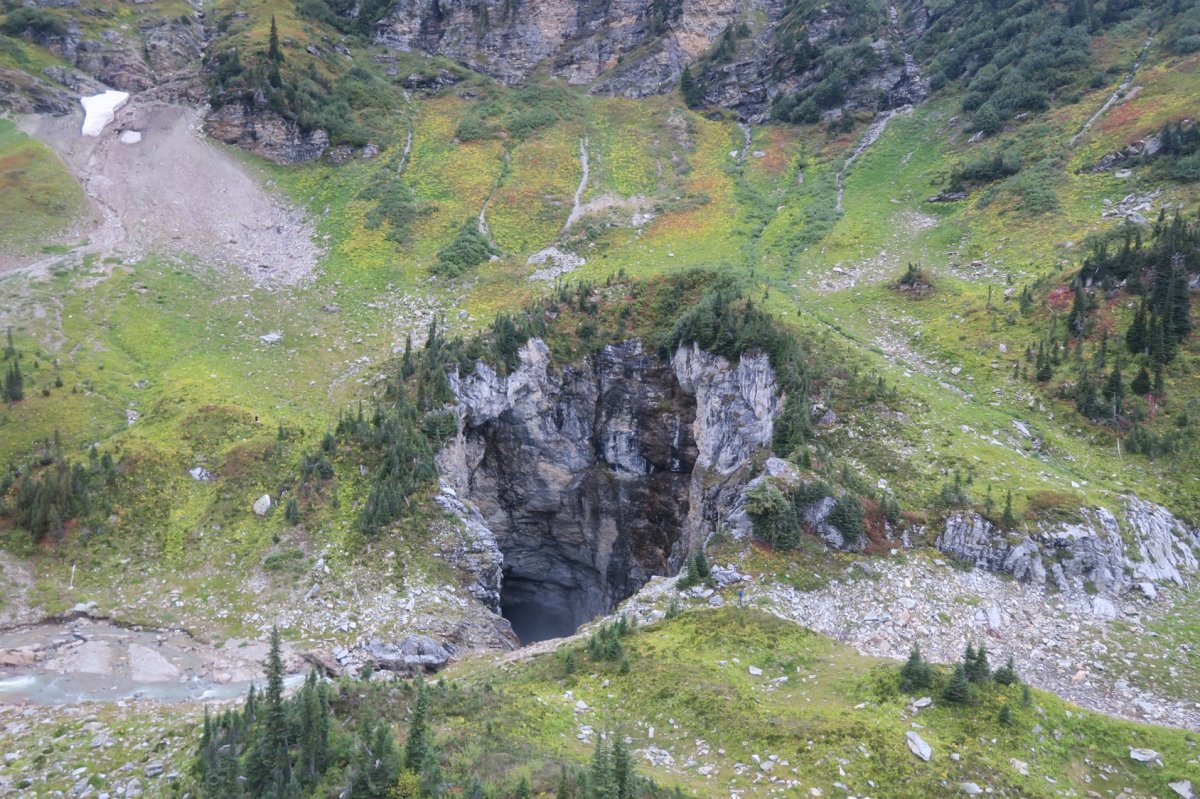
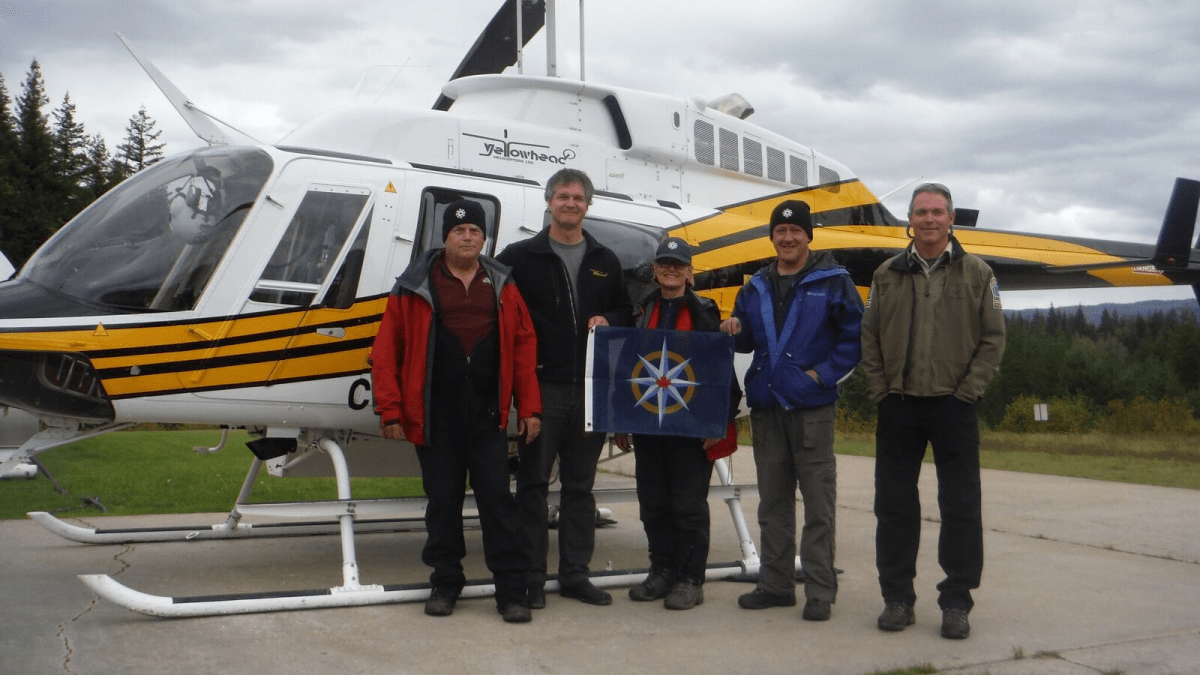



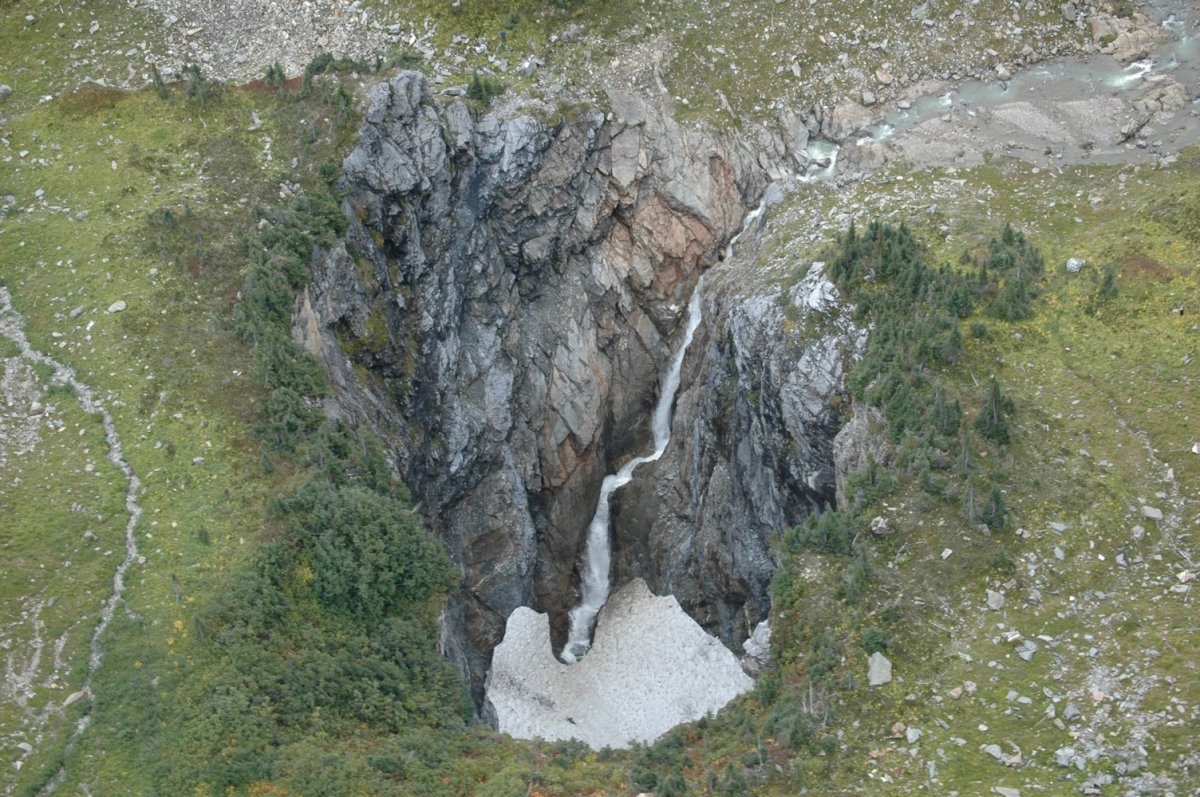










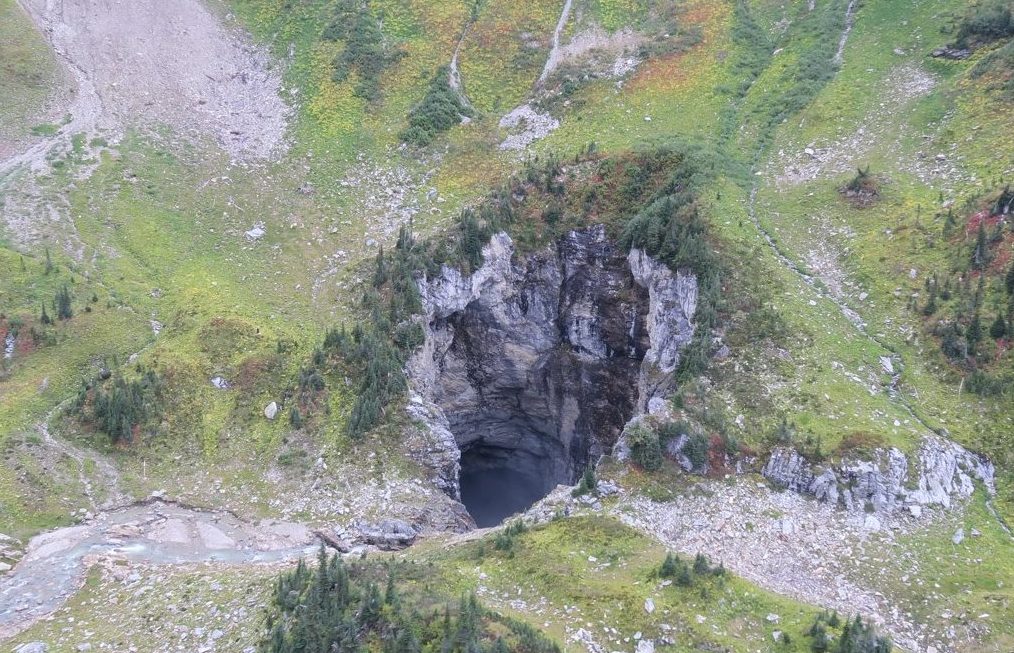

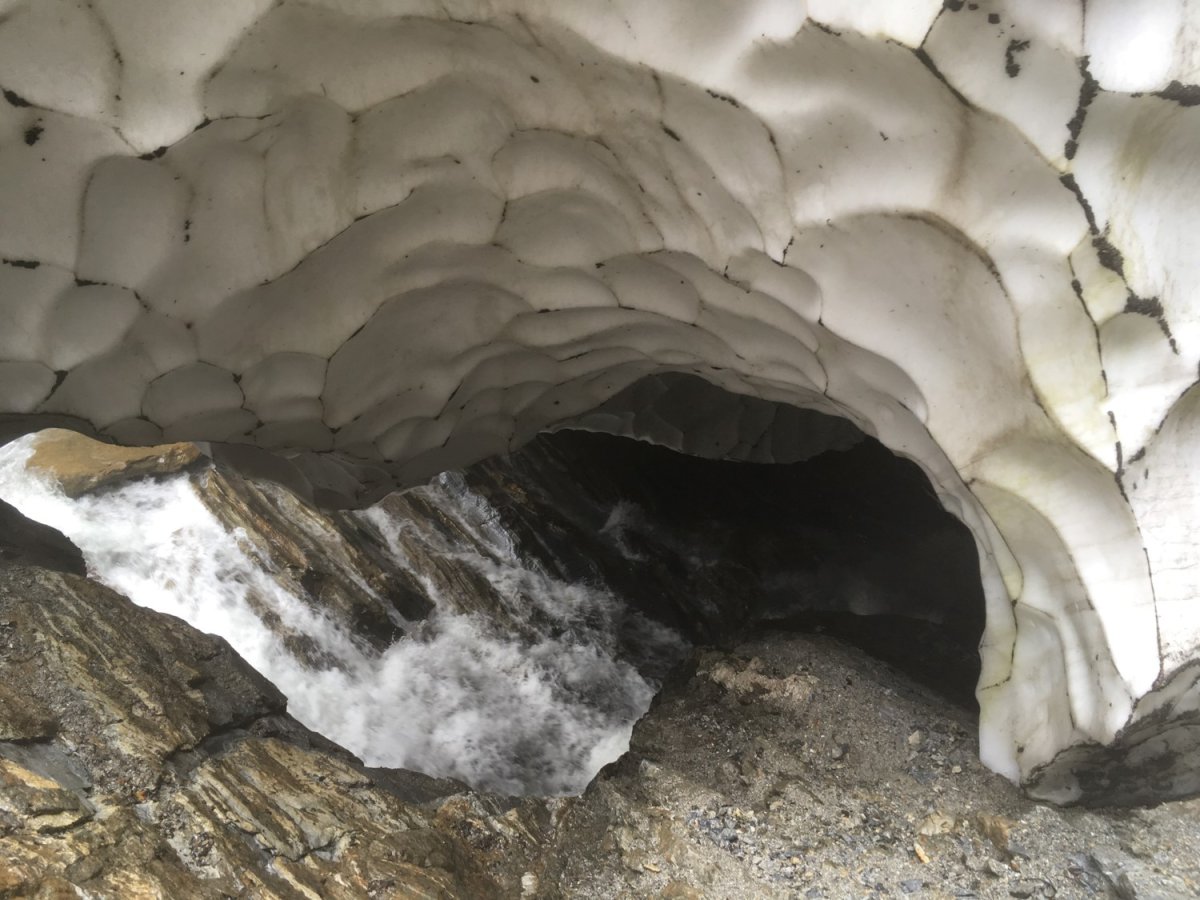
Comments